Households Face Black Cockroaches, Restaurants Battle German Cockroaches
Moving to the Field: Hokuroku Crew and Duskin Team Head to a Traditional Japanese House
Preface
This feature on cockroach prevention in traditional Japanese houses (kominka) was conducted using an actual kominka.
Through preliminary discussions, we learned that preventive measures differ depending on whether the kominka is used as a private residence or a commercial establishment, such as a restaurant.
The fieldwork occurred at two locations: a pre-renovation traditional Japanese house in a rural area of Hokuriku and a renovated kominka-turned restaurant.
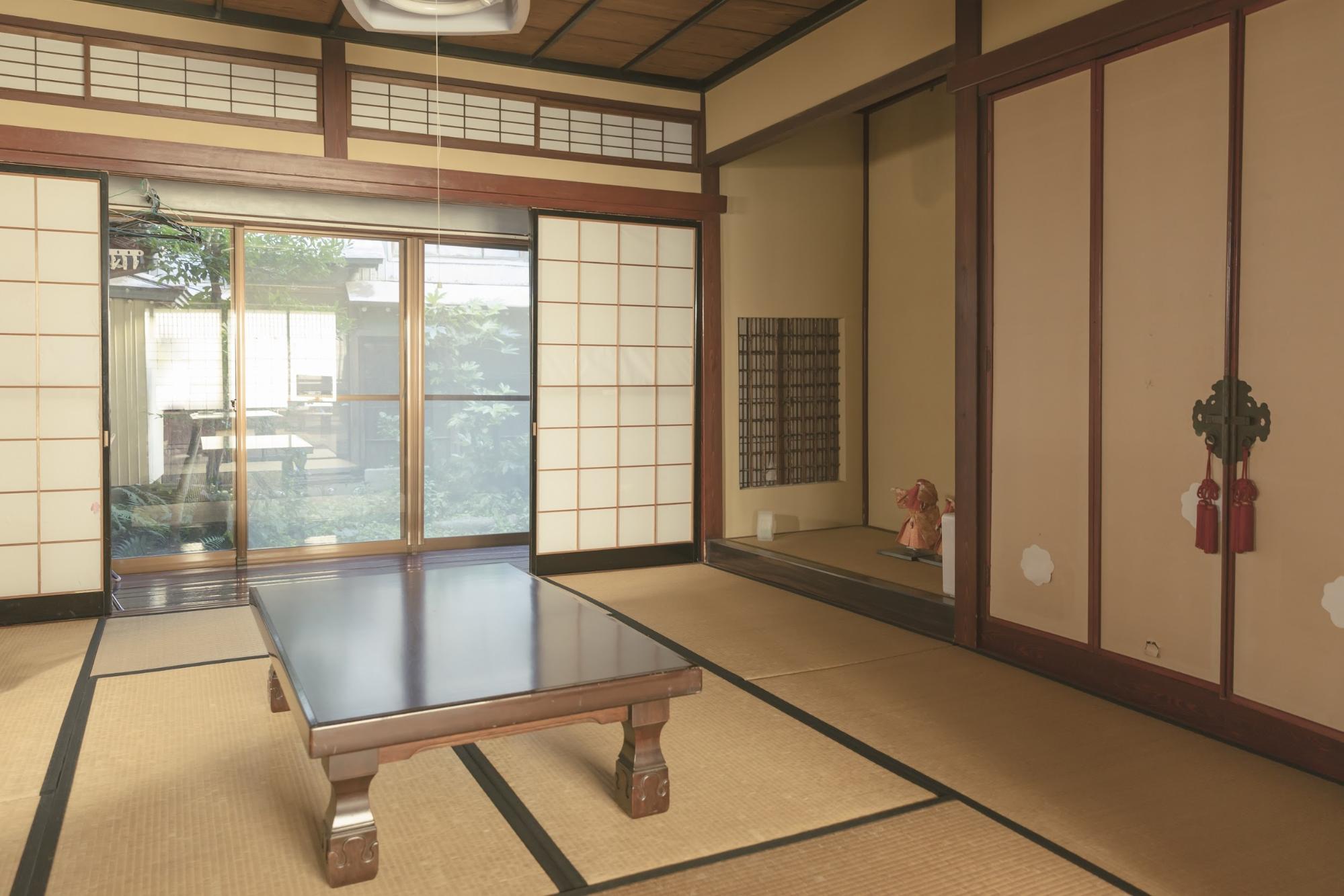 Interview Scene: Living Room on the First Floor of a Kominka. Through the window, the courtyard comes into view
Interview Scene: Living Room on the First Floor of a Kominka. Through the window, the courtyard comes into view
Finding suitable locations for this project was quite challenging. Due to the subject matter, private homeowners and restaurant owners were reluctant to cooperate.
Fortunately, we encountered a courageous homeowner who allowed us to use their property on the condition that its location remains undisclosed.
As for the restaurant, we were granted permission to use Cafe Uchikawa Rokkakudo, a popular café in Imizu City, Toyama Prefecture, owned by Hiroyuki Akashi, the producer of Hokuroku.
According to Akashi, the café was thoroughly sealed to prevent cockroach entry down to the millimeter during renovations, and pest control measures have been rigorously implemented since its opening.
Confident in these measures, he viewed the professional inspection as an opportunity to further benefit his business and thus approved the café’s use as a filming location.
A renovated kominka-turned cafe, Cafe Uchikawa Rokkakudo. It attracts around twenty thousand guests annually
As the producer, it may be part of his duty, but I would like to express my gratitude to Hiroyuki Akashi for providing the venue for Hokuroku‘s fieldwork without hesitation.
Fieldwork began at the private kominka (pre-renovation) in Hokuriku and continued at Café Uchikawa Rokkakudo in Imizu City, Toyama Prefecture.
In the words of Sun Tzu: “If you know the enemy and know yourself, you need not fear the result of a hundred battles.”
We began by learning about cockroach behavior and later delved into precautions necessary when using a kominka as a residence or commercial establishment.
As mentioned earlier, no cockroach photos appear in this article. You can read to the end with peace of mind.
Beware of Chabane (German Cockroaches) in Restaurants
Sakamoto: Nice to meet you. My name is Sakamoto Masataka, the editor-in-chief of Hokuroku.
Today, the producer, Akashi Hiroyuki, and deputy editor, Otsubo Fumiya, are also accompanying me at the interview.
Akashi has personally handled the renovation of old traditional houses (kominka) and has been involved in producing various commercial facilities. He’s eager to ask many questions, so he might interject during the interview, but I hope that’s okay.
Today’s interviewee, whom we’re calling Sensei (teacher), is Mr. Takigawa from the Care Services Department at Duskin Takaoka.
We also have the branch manager of Duskin Takaoka, and someone from Duskin headquarters with us today.
From left are Hokuroku‘s producer, Hiroyuki Akashi, Duskin’s Daisuke Kasahara, editor-in-chief Masayoshi Sakamoto, and Duskin Takaoka’s Yuichi Takigawa
Selecting the interview location and coordinating everyone’s schedules was no easy task.
Because of the subject matter, the interview location changed several times.
We’re looking forward to hearing valuable insights today. Mr. Takigawa, thank you for being here.
Takigawa: Thank you.
Sakamoto: To begin, I’d like to clarify the intention of the feature.
This is a personal story, but I was talking to a friend who lives in a traditional townhouse (nagaya) in Kyoto. They told me that living in a traditional house means coexisting with cockroaches.
Speaking of traditional houses, they are popular for renovation into cafes, inns, and other commercial spaces.
Many people in the Hokuriku region also use renovated old houses as commercial facilities or residences.
Many of my favorite cafes in Hokuriku are in such renovated old houses.
Akashi, the producer at Hokuroku, has personally inspected over 500 traditional houses in Hokuriku. He’s transformed ones into cafes, inns, bars, offices, and more.
He’s a professional renovator.
Related:Japanese-style Old Folk Houses You Should Buy, or Not
When asked if cockroaches appear in renovated traditional houses, I was shocked to hear his reply, “Not only do they appear, but if you don’t handle them properly, they can impact the business.”
I assumed that after renovating old houses for commercial use, things like cockroaches and rats would be kept at bay.
But according to Akashi, that’s not always the case, and it can even be a major issue for business owners.
Duskin Takaoka’s Yuichi Takigawa
I know of a business owner who received a poor review online because they had a cockroach issue in their renovated inn.
I admit that I have preconceived notions about cleanliness, but I realize that business owners can’t ignore these expectations.
Hokuroku’s mission is to “enrich life in Hokuriku.”
This includes creating enjoyable experiences and ensuring that finding a place to go on weekends is easy.
We’ve also provided useful information for business owners who want to create beloved establishments, such as how to design a gathering place or open a new business.
Related:「人が集まる場所」のつくり方をGNLの明石さん・BnCの山川夫妻と考える
We have planned this feature intending to provide useful information for business owners in Hokuriku who aspire to create wonderful shops, particularly address the cockroach problem they are likely to face shortly.
Today, we invited the team from Duskin, a cleaning company that comprehensively supports sanitation management for living and working environments and also conducts pest control, to come to an actual old house.
The interview flow will start with an overview of the cockroaches that inhabit old houses. We hope to gather information that would be useful for readers who are considering using a renovated old house as a residence or as a commercial facility.
Takigawa: I totally understood.
Sakamoto: Then, let me start by asking about an overview of the cockroaches that live in old houses.
Although several species of cockroaches live in Japan, I’ve heard that the types commonly seen in residential homes and restaurants are limited.
The Dasukin materials explain the ecology of cockroaches
Takigawa: That’s correct. About 40 species of cockroaches live in Japan, but the ones that typically cause problems when they enter buildings are just four species.
In regions like Hokuriku, where the temperature is relatively low, the German cockroaches and black cockroaches are the main concerns.
Sakamoto: What is the difference between German and black cockroaches?
Takigawa: The main difference in appearance is as their names suggest. The black cockroach is large and black, and it is the one you usually see in general households.
In restaurants, the cockroaches are mostly German. They are smaller and brown.
Generally, black cockroaches live outside, such as under manholes, and come inside the house seeking food and shelter.
German cockroaches, on the other hand, prefer warm areas near heat sources, such as motors in refrigerators and dishwashers in restaurants, and breed inside the establishment.
Not only are food and water abundant, but restaurants also provide the warm environment German cockroaches prefer, especially near equipment like motors. This makes it an ideal environment for them to settle and breed.
Another difference is their reproductive strength. German cockroaches are more prolific than black cockroaches. From one egg case (the pouch containing eggs), 30 to 40 larvae are born, and they become adults in about two months.
Because German cockroaches are so strong in reproduction, they will even eat the eggs of black cockroaches if they find them nearby. This is why restaurants need to be particularly cautious of German cockroaches.
A few millimeters of gap is enough for entry
The cloth foundation part of the old house where the interview took place
Sakamoto: How do cockroaches get into the house?
Takigawa: When comparing the two above, only the black cockroach can fly.
Due to this ability, the black cockroach has a wider activity range. It comes from outside and, upon finding a gap, enters the house.
You often hear stories like, “If you find one cockroach, there are dozens more.” This applies to the German cockroach, but not necessarily to the black cockroach.
For example, if a black cockroach flies in from outside and finds a gap to enter, it’s possible that there aren’t any others inside yet.
This also means that black cockroaches move around a lot and have a wide range.
Sakamoto: What kind of gap are you referring to?
Takigawa: If there is a gap of just a few millimeters, it’s easy for a cockroach to enter.
In the case of this theme, old houses inevitably have more gaps. Even the foundation isn’t a solid foundation, but a cloth foundation.
In that sense, there is a possibility of cockroaches entering through the foundation from below.
Sakamoto: Let me clarify the difference between a solid foundation and a cloth foundation. As explained by Akashi, a solid foundation is a method of creating a foundation where the entire bottom of the house is covered with reinforced concrete.
On the other hand, a cloth foundation doesn’t use cloth, but it involves creating a reinforced concrete foundation with a “┴” shaped cross-section along the skeleton of the building, leaving the ground beneath the house exposed.
Related: Japanese-style Old Folk Houses You Should Buy, or Not
“Old houses = drafts and cold” is a common image, and deteriorated homes often have noticeable gaps from the foundation to the floor. This creates plenty of opportunities for black cockroaches to enter.
Sakamoto: What about brown-banded cockroaches?
Takigawa: When German cockroaches settle in a store, their eggs may be brought in with deliveries from outside.
For example, beer crates or cardboard boxes containing food products.
If eggs are attached to these containers and are unknowingly brought into the store, there is a risk of them breeding inside.
Sakamoto: What steps can store owners take to prevent this?
Takigawa: At the very least, it’s a good idea to not leave the crates or cardboard boxes used for deliveries lying around. Dispose of them immediately or move them outside.
Even with cardboard, there are cheap plastic boxes or baskets available.
If products are delivered in cardboard, immediately transfer the contents to your containers and ensure that any cardboard brought in from outside is disposed of right away.
(Deputy Editor-in-Chief Otsubo’s comment: People, whether in stores or homes, tend to put off dealing with cardboard, don’t they? I immediately went to throw out the boxes I had accumulated right after the interview.
By the way, why do cockroaches enter people’s homes? The “G-Men” at Duskin will answer this fundamental question in the next issue.)
2 住宅の基礎の1つ。建物の底面全体に鉄筋コンクリートの土台をすき間なく設ける。布基礎と比較した場合、建物の底面全体が鉄筋コンクリートで覆われるため、地面からの害虫の侵入が防げる。
3 木造建物の骨格部分の下に設けられる┴字型の断面をした鉄筋コンクリート造の土台。一戸建て住宅で最も普及しているが建物の下の地面はむき出しになる、基礎の部分に害虫が侵入できる。



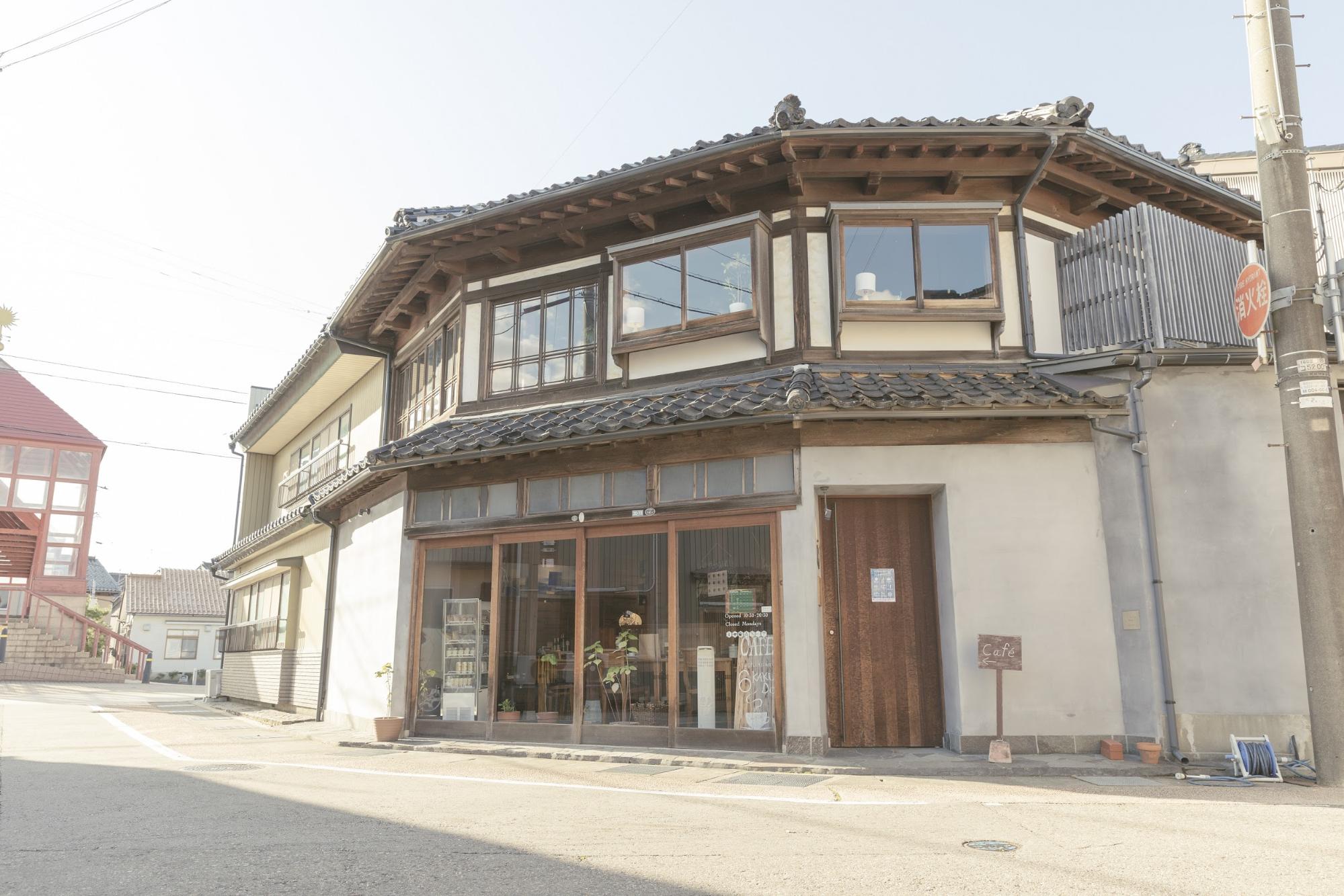
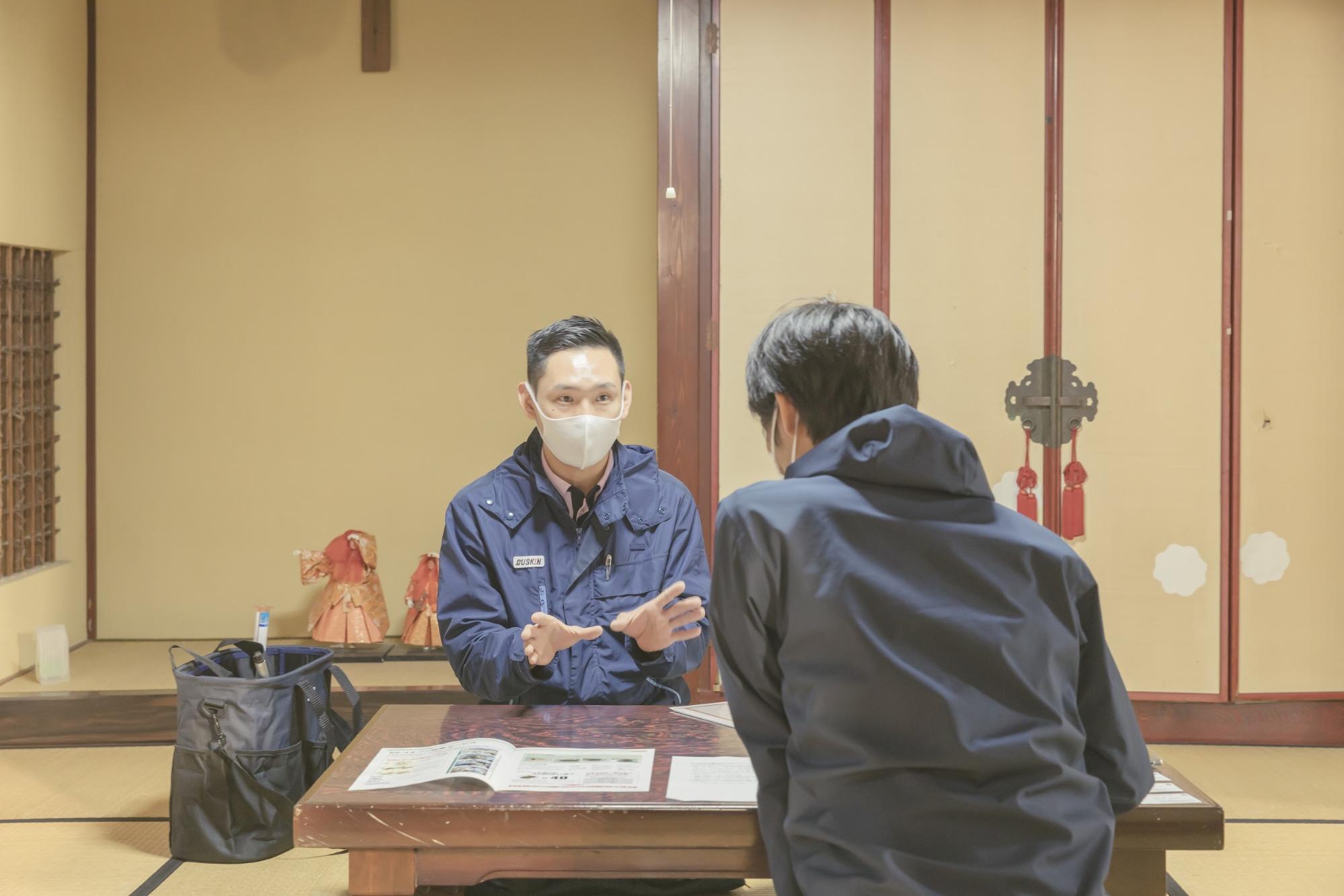

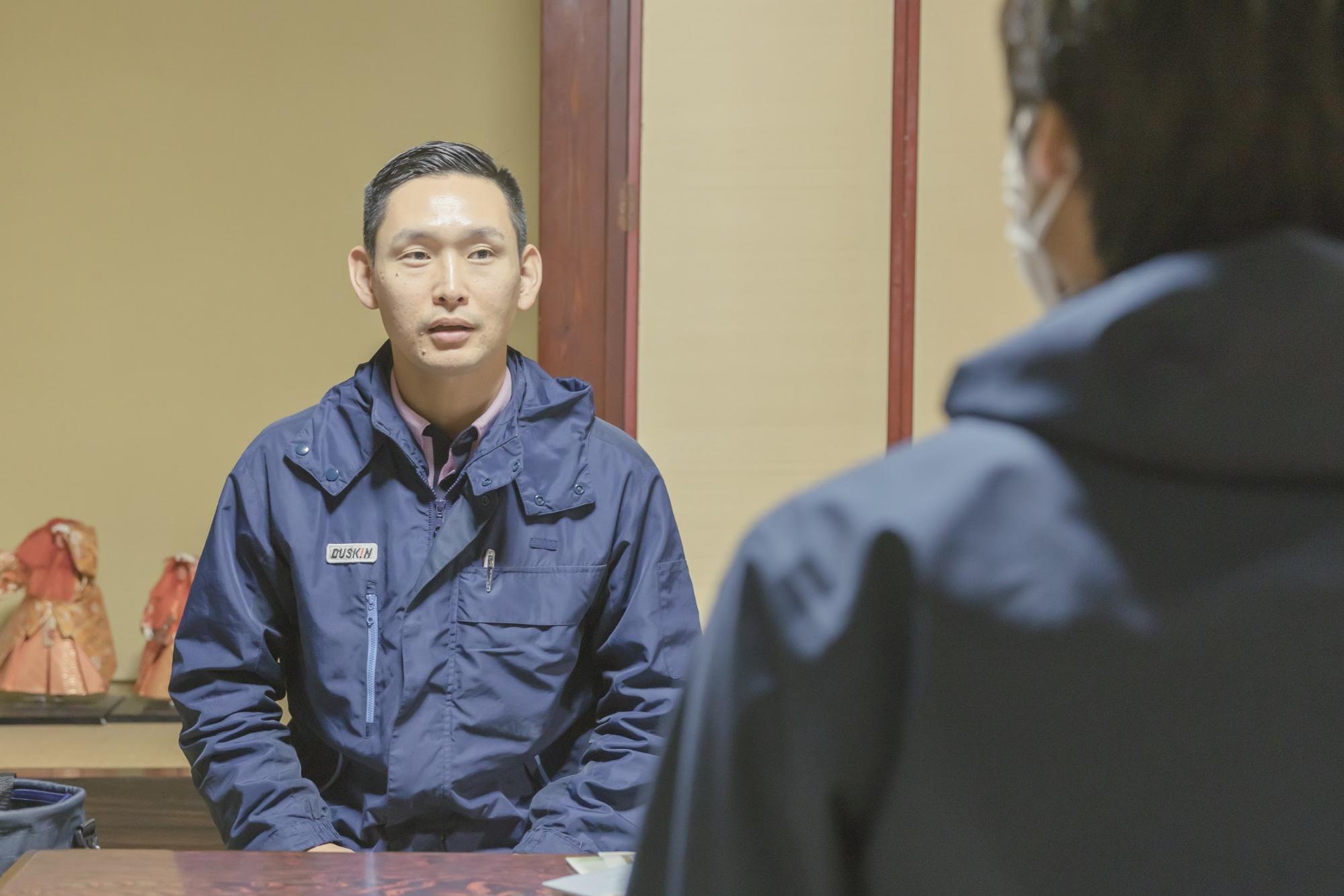
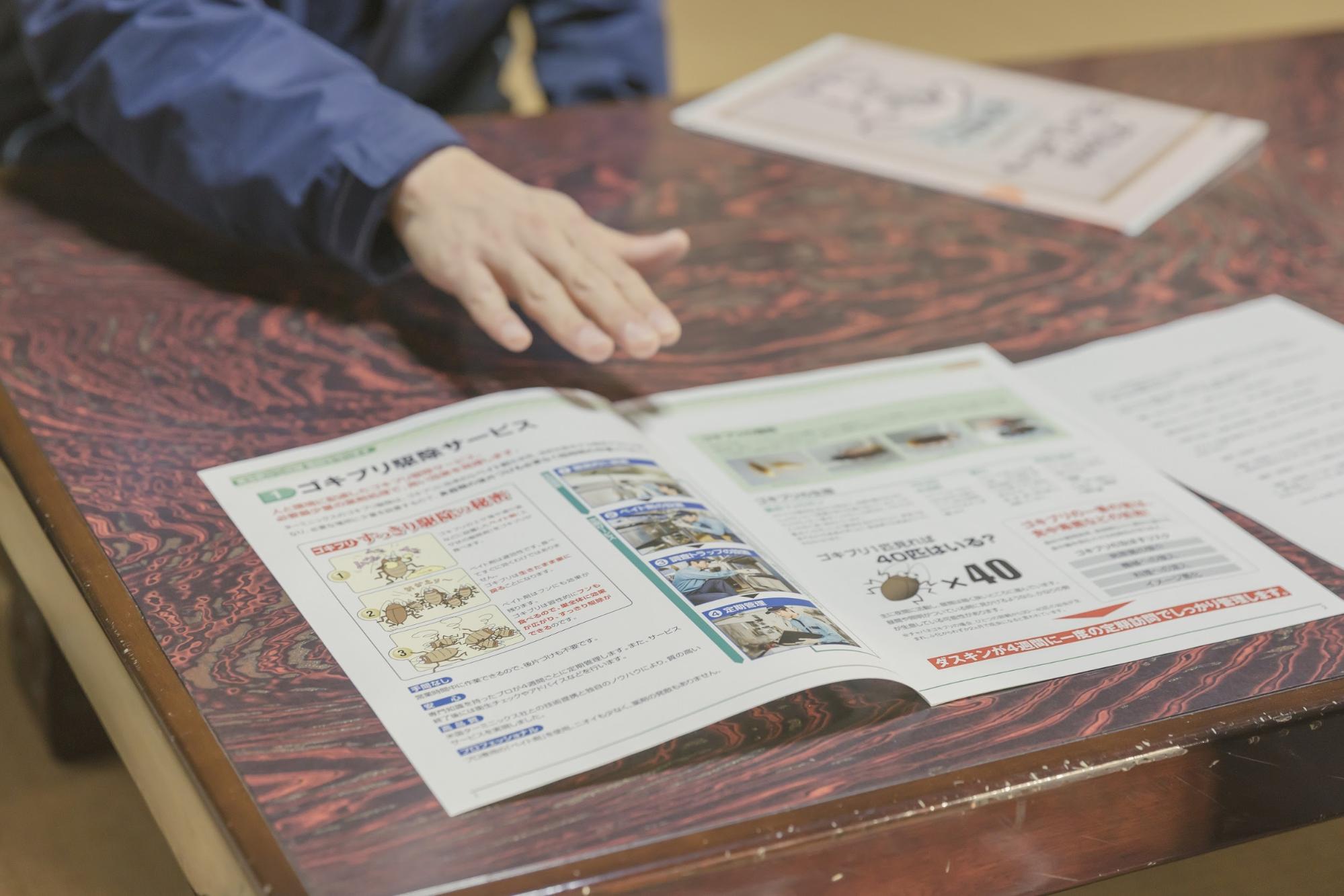
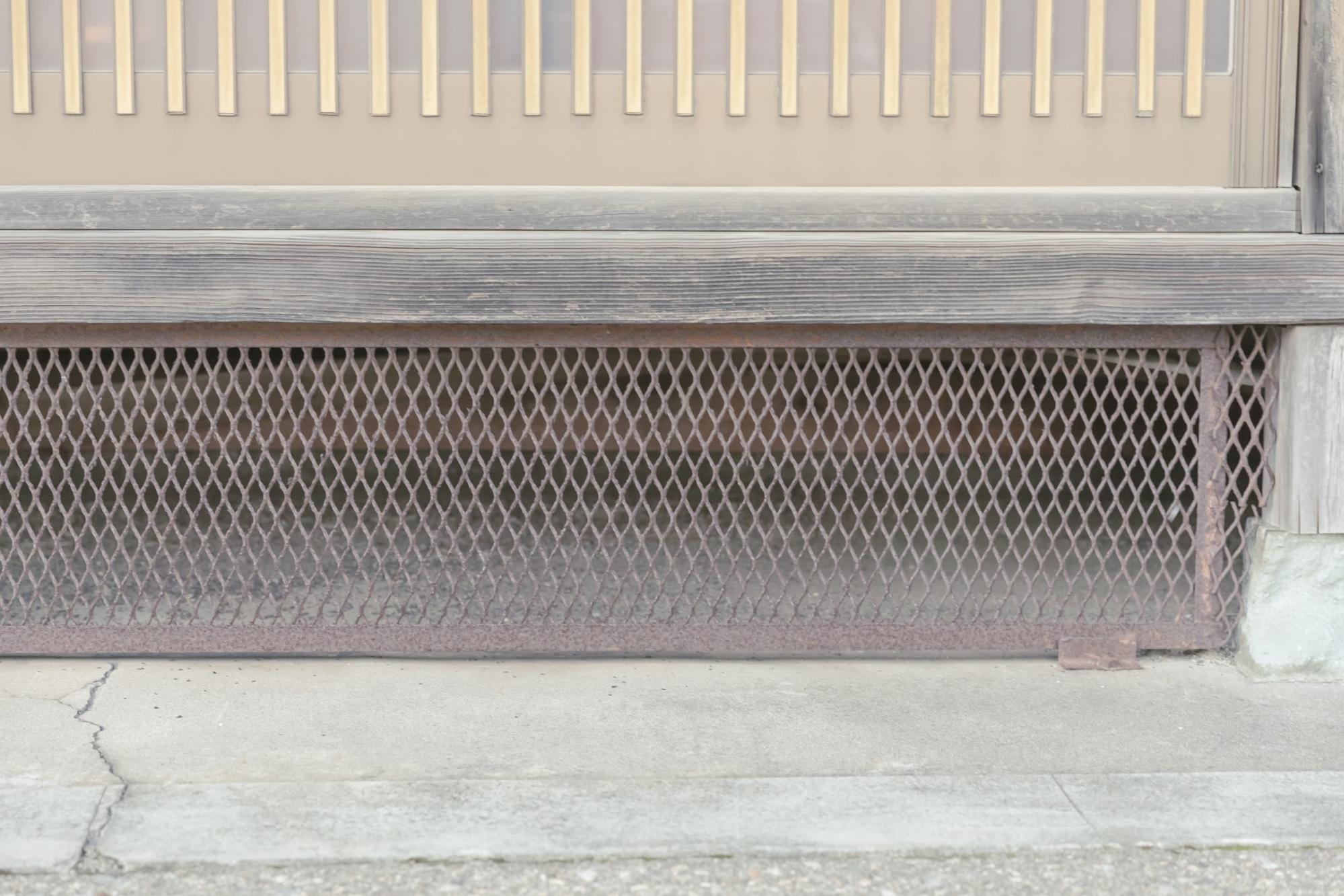



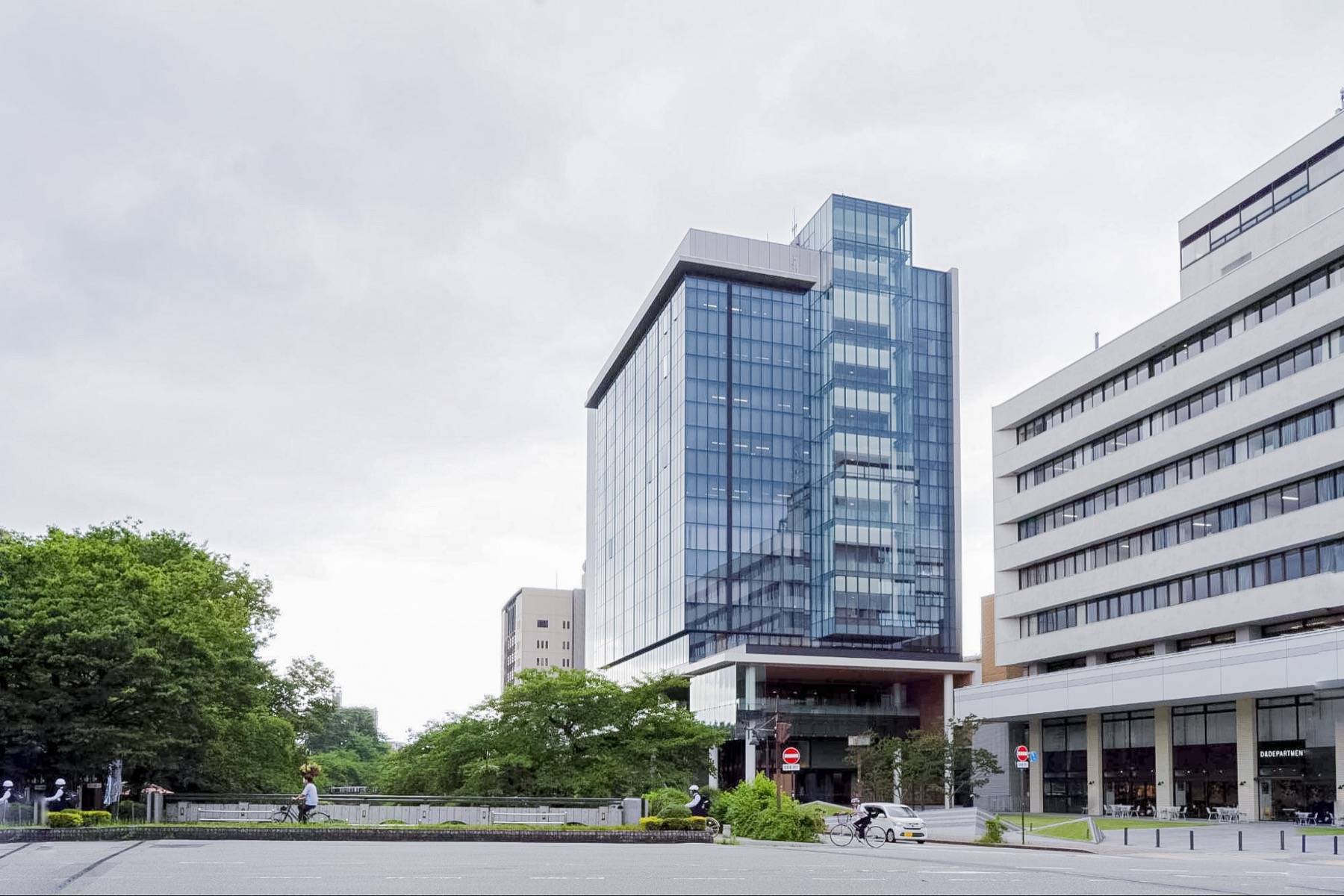
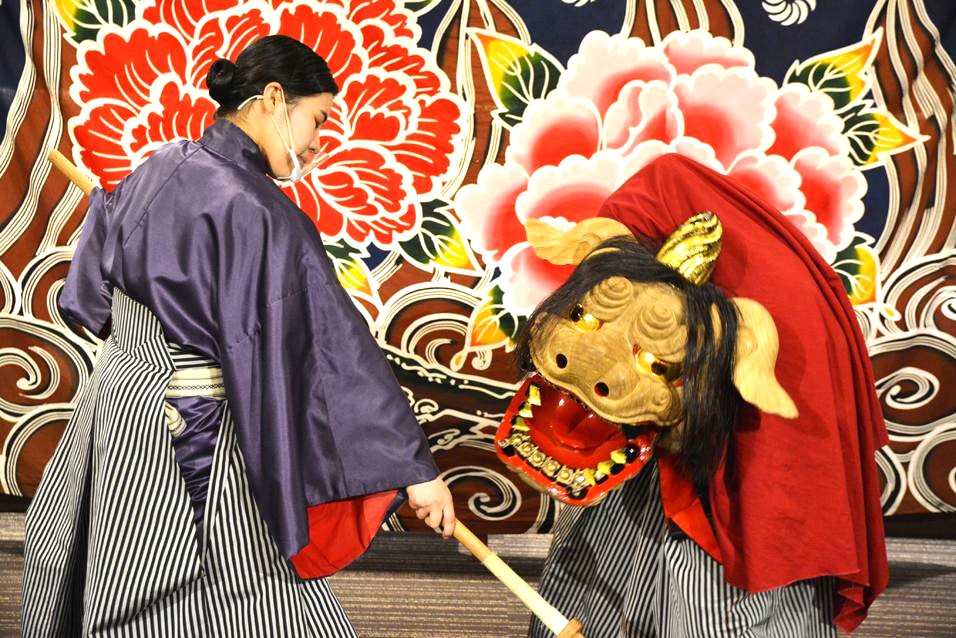

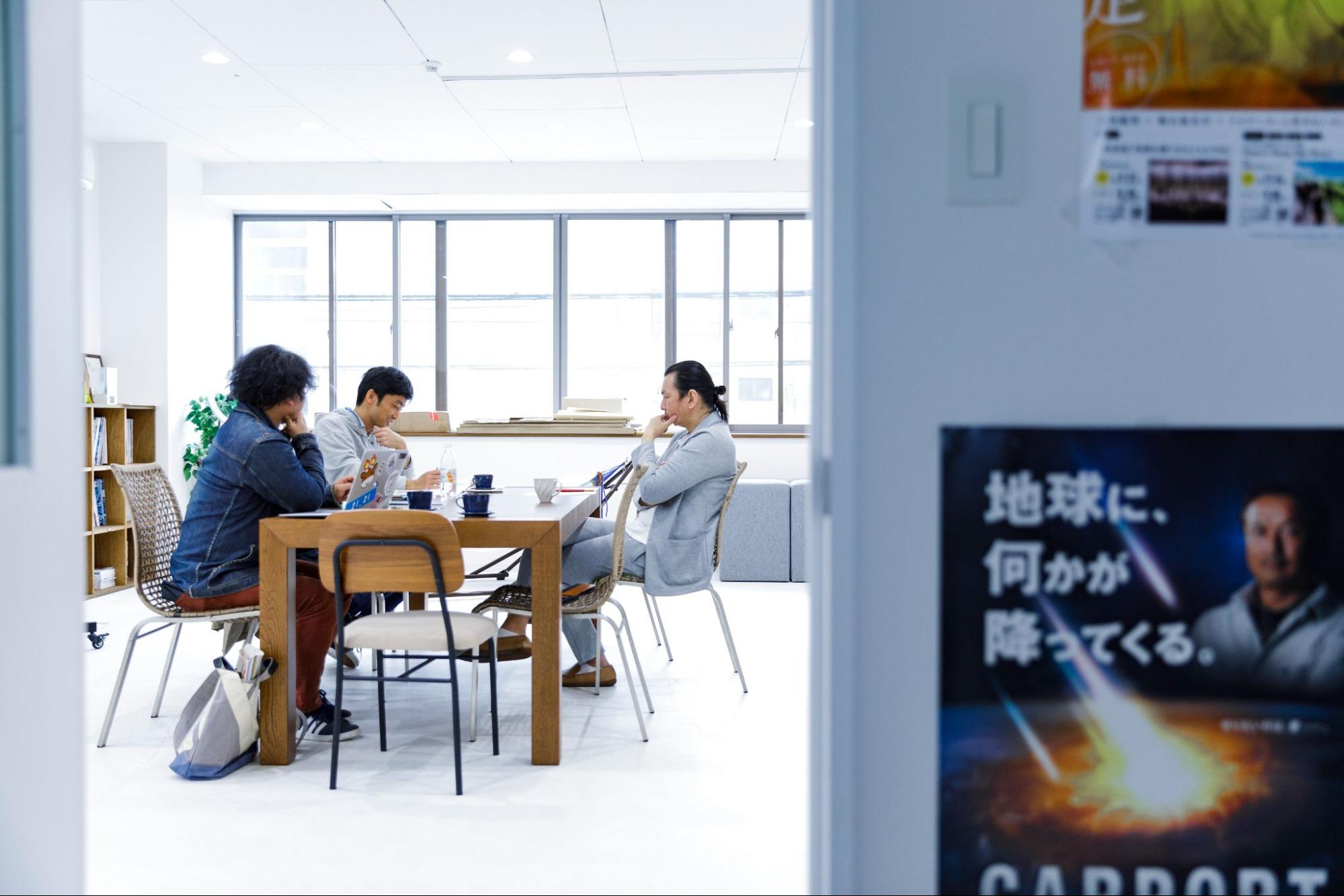
Like op-ed
For this article, we are waiting for your positive, constructive and responsible opinions and comments. Only members can post.
Only members can post. please login.